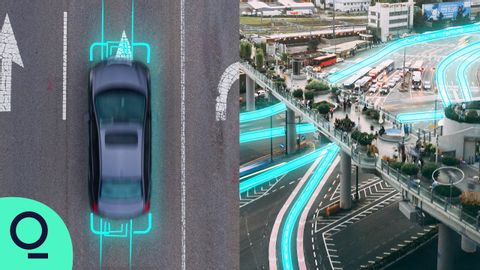電氣道路如何為未來提供動力(How Electric Roads Could Power the Future)
joey joey 發佈於 2021 年 05 月 27 日  沒有此條件下的單字
沒有此條件下的單字US /ˈʌltəmɪtli/
・
UK /ˈʌltɪmətli/
US /ɪˈsenʃəli/
・
UK /ɪˈsenʃəli/
- adv.本質上 ; 本來 ; 實質上;本質上;實際上
US /ˈdɛdɪˌketɪd/
・
UK /'dedɪkeɪtɪd/
- v.t.專用;專心的 ; 專注的;奉獻
- adj.盡心盡力的,專注的;專用的
US /ˈkɑnˌsɛpt/
・
UK /'kɒnsept/

